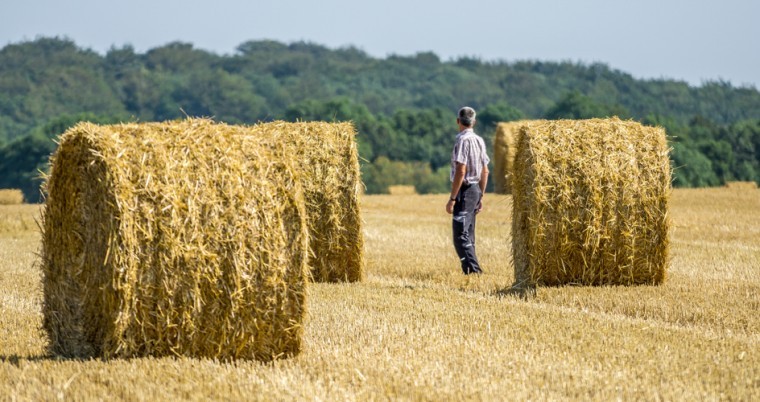The value of straw means that much more of it than normal has been baled this harvest. But don’t forget that the nutrients removed with the straw will need to be allowed for in next seasons fertiliser plans.
However with straw removal of course comes nutrient removal on top of what is taken out by the grain. If removing both grain and straw then 8.4kg/t of P2O5 is removed and 10.4kg/t of K2O, therefore is it important to take this into account when calculating next season’s fertiliser plan.
Post-harvest soil sampling will, of course, give a good indication of the P&K levels. If the indices are below 1 then an autumn application of P&K is justified. However if the indices are 1 or above then autumn P&K applications are not necessary. At those kind of levels there will be sufficient P&K in the soil to establish the crop and an application of foliar phosphate could be applied with a herbicide spray if required.
Autumn applied phosphate is often lost before crops utilise it
The real demand for phosphate comes in the spring from March to May when a typical crop of winter wheat will require 1-2kg/ha/day for optimum growth. Any phosphate applied in the autumn is unlikely to still be present in the soil in a plant available form and therefore won’t be able to supply this daily demand.
Therefore when purchasing P and K products make sure you think about the timing of application to meet the demand from the plant, otherwise you will be feeding the soil and most of the phosphate applied will have been rendered unavailable for the following spring.
Spring applied NPK + S is often the best choice
In most cases spring applied compound fertiliser will be the best choice for all crops and supply a combination nitrogen, phosphate, potash and sulphur (NPKS) in appropriate ratios to allow the ideal timing for application of all nutrients. All YaraMila compound fertilisers contain ‘P-Extend’ which provides a consistent and reliable supply of phosphate throughout the spring when crop demand is highest.




